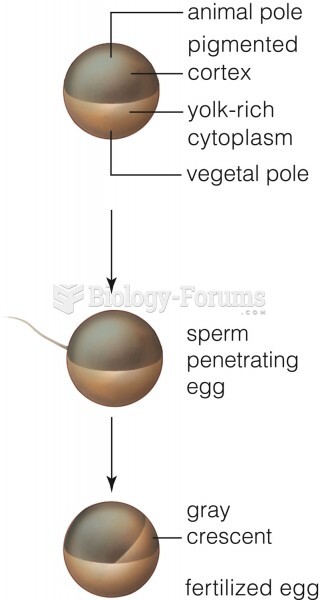Answer to Question 1
Yes, No, Yes.
The fact that Anderson was handcuffed and flanked by police officers during the show-up tended to suggest his guiltit was suggestive. The show-up was not necessary. There was sufficient evidence against Anderson at the time of his arrest to hold him. No circumstances, such as the possibility that the only witness might die, required an immediate and suggestive show up. A live or photographic line up could have been held within less than a day. Nevertheless, the show-up evidence was admitted into evidence. In Stovall v. Denno (1967) the Supreme Court held that due process is violated when an initial identification procedure is unnecessarily or impermissibly suggestive. This was a two-part rule: first, was the show-up suggestive, and second, was there some good reason for the authorities' failure to resort to less suggestive procedures. In Stovall the only witness to the crime was in critical condition and may have died before a less suggestive identification procedure could be held (the suspect was brought into her hospital room). Under Stovall, the show-up in this case would not have been admissible. The Supreme Court's later decision of Manson v. Brathwaite (1977), ultimately rejected a rule of per se suppression in favor of the totality of circumstances approach. In Stovall the totality of circumstances referred to factors concerning the suggestiveness and necessity of a show-up. But in Brathwaite, the Court used this phrase to refer to the factors that might negate or mitigate the presumed suggestiveness of an unnecessary show-up: the witness's opportunity to view the perpetrator during the crime, the witness's degree of attention, the accuracy of any prior description given by the witness, the witness's level of certainty when making the identification at the show-up, and the length of time between the crime and the show-up. After finding that Alaska precedent comported with the federal cases, the Court of Appeals concluded that the show-up in Anderson's case was no more suggestive than a typical show-up. We further note that, even though Anderson and Engstrom were displayed to N.B. in virtually identical ways, N.B. positively identified Anderson but told the police that she could not identify Engstrom. This fact supports the judicial consensus that a typical show-up is not so suggestive as to violate the guarantee of due process of lawnot so suggestive that we should conclude, as a matter of law, that a resulting identification is the product of suggestion rather than memory.
Answer to Question 2
Great help.







